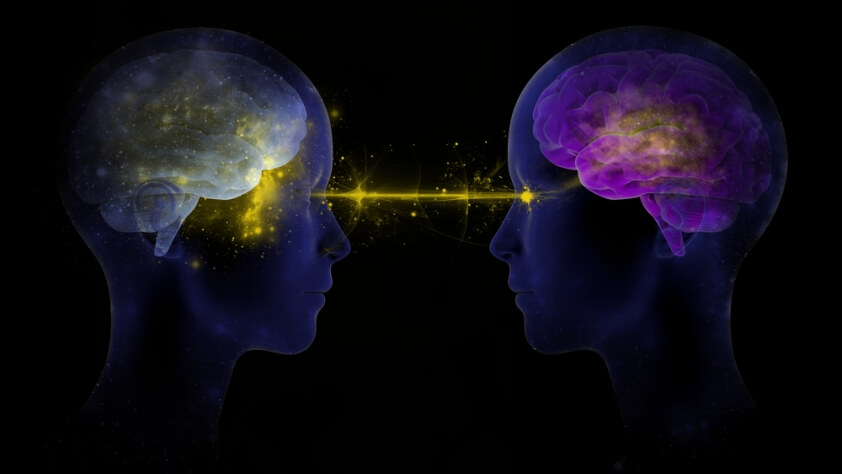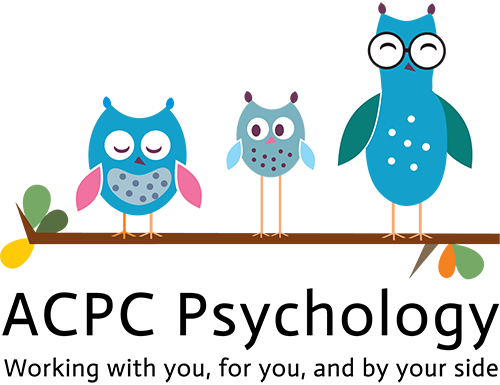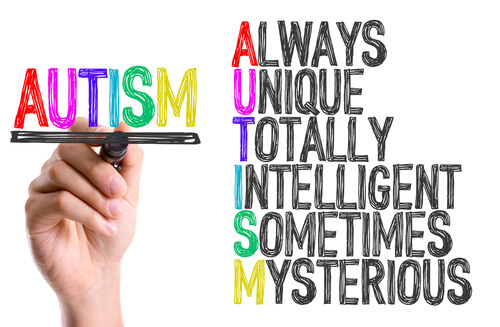Explaining some challenges for Individuals with ASD using the Polyvagal Theory

WHAT IS THE POLYVAGAL THEORY?
The Polyvagal Theory, proposed and developed by Dr Stephen Porges, is a paradigm shift in understanding behaviour and outlines the importance of the body in understanding the mind.
The theory focuses on our developing nervous system and how it impacts us. Most of us are well aware that there are two parts to our nervous system: the parasympathetic and the sympathetic-adrenal. When the first system is in action, we are open and calm; it allows a calm state for good health, nourishment, reproduction and restoration of cells. However, when we are in Fight or Flight, the latter system is on duty.
THE VAGUS NERVE
The vagus nerve is part of the parasympathetic system and can influence the sympathetic-adrenal. In other words, the vagus nerve is the “action station “that carries sensory information about the state of the body’s organs to the brain. It regulates visceral feelings (inner body) and tactile pain thresholds as well as the gut and the heart. It wanders all over the body, keeping the information flowing to either calm down, mobilize the body or shut it down.
In order to achieve this, two systems are involved: the Old vagus and the New vagus.
The old vagus regulates the organs in the body below the diaphragm, especially the gut and it connects to the heart. It also helps with the release of hormones: Dopamine (calm), serotonin (happy) and cortisol (stress). When things are not going well the smooth flow of the vagus is supressed: the digestive system slows down and there is a disconnection from feeling.
The new vagus is regulated by the parasympathetic that operates when we are calm and safe. It works closely with the social engagement system, which provides the information of how to engage with the world. Both systems work together by communicating to one another sharing information and maintaining things operating. If there is a problem, the system flow changes. The energy used to make us feel well and happy may suddenly place us in ‘red alert’. The energy is now sent one way, to the brain. This is the “survival mode” (ready for action) also known as “Fight or Fight”. Once the threat passes, this mechanism relaxes and everything goes back to normal.
BUT What if the threat doesn’t go away?
IMMOBILIZATION
In addition to the Fight or Flight response, there is the– Freeze also called “Immobilization” response enabled by the old vagus. The Immobilizations mode is essentially used by reptiles to defend themselves by simulating to be inanimate. It is a primary defence and is an adaptive function; we use it next when fight or flight is not an option. When we are calm, we are open and engaged; when we are immobilised, we are ‘shut down’. The Fight/ Flight/ Immobilization is an important part of our security and safety but it is not so useful if it turns itself all the time without being much to worry about.
If the information coming is assessed as ‘safe’, the vagus nerve will instruct the body to be calm, engaged, smile and open (parasympathetic behaviour) or argue, move away or shut down (sympathetic behaviour). These two systems work with each other and they allow the person to make sense of the world, be safe, to interact!
THE SOCIAL ENGAGEMENT SYSTEM
The social engagement system operates when we feel safe and goes off line (or turned down) when we are in fight/ flight/ freeze. It goes off line as we are engaged looking for our safety because the brain diverts the attention where it is needed; the social engagement has less priority when the brain perceives danger so it turns down or off.
This system involves neural pathways rooted in a number of cranial nerves that develop in utero. It controls the muscles we need to engage with the world (seeing, facial, head turning, laryngeal and pharyngeal muscles).
Generally our old and new systems are in harmony. We learn to use our body to modulate the environment. We learn to interact when things are going well and not so well. For example, we learn to make eye contact and smile and we also learn to block noise when it is loud. This gives us a level of control of what is going around but if for any reason, we don’t have that level of control, we can get distressed.
The Cortisol hormone elevates and depending on the level of stress we might go into the Fight/ Flight response (we might go into a level of aggression, withdrawal or move away until we feel better). If we immobilise, we might faint or disassociate and it takes a bit longer to go back to being ourselves and feeling calm. The Social engagement system can therefore be regarded as ‘our new evolutionary software’ and throughout development we learn to operate it.
BUT how is this related to individuals with ASD?
RELATING THE POLYVAGAL THEORY TO ASD
According to the Polyvagal theory, the “high alert vagal symptoms” may explain the many difficulties experienced by individuals with Autism Spectrum Disorder (ASD). The Theory states that people on the spectrum have a reduced capacity to engage with the world because they have not learned to process complex social data. As a result, they may continue reading threats in the environment and jump quickly into Fight/ Flight/ Freeze to shut down.
The theory adds that when growing up, people on the spectrum diverted the vagal system to the body’s safety and this turn into the focus for the growing child. When the body system is immobilised, it becomes painful or agitated; digestion is difficult and the focus turns inward compromising the interaction with the outside world. As a result, the natural integration of the social engagement system doesn’t take place, as it should and as a result the child may not learn how to use their system, ending up on “autopilot”.
The Polyvagal theory is based on a response to stress or trauma that happened early on and for whatever reason, the vagus is disposed towards Immobilization and the child’s nervous system does not get fully developed. It could be emotional trauma, or a fear that presents in utero or at birth, or a physical disruption of the vagal nerve. The child’s system is on a state of distress. Instead of the old and new system working together in harmony, they end up sitting separately from each other. In other words, the baby misses out on the full integration of all that the social system has to offer and the senses are all more or less offline.
BUT what does this mean for individuals with ASD?
NEUROPLASTICITY
We used to think that our brains were fixed. There are new findings that support the capacity of the brain to re wire. The brain can create new neurons and new neural pathways. What is not working in the brain, can be stimulated and regenerate. Brain plasticity has to include the body, learning kinaesthetically. In other words, retrain the brain including the body.
This gives hope to a lot of people on the spectrum, who can be helped (through various effective therapies) to be able to reconnect their brain and body; learn mastery over their body-mind connection to feel safe and secure to let the world in.
If you are interested in finding out more, for additional fascinating reading, please consult Holly Bridges book “Reframe your thinking around AUTISM”.
Written by: Karina Feldmann, Registered Psychologist at ACPC



